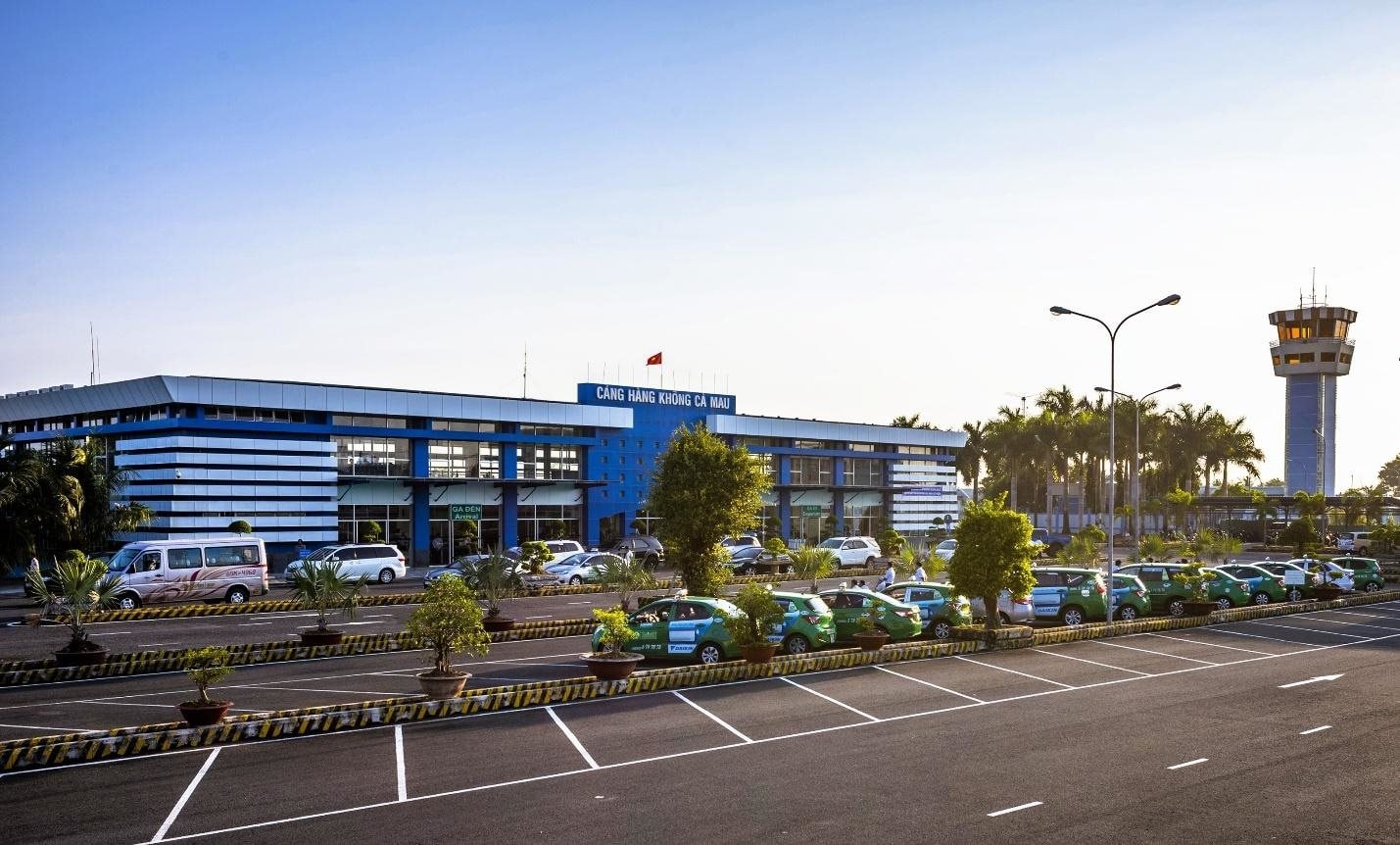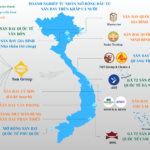
Temporary Closure of Ca Mau Airport for Expansion and Upgrade
The Minister of Construction has issued a decision to temporarily close Ca Mau Airport from October 30, 2025, to 11:59 PM on October 31, 2026.
This closure is to facilitate the construction of expansion and upgrade projects at Ca Mau Airport. The temporary closure period will run from 7:00 AM on October 30, 2025, to 11:59 PM on October 31, 2026.
The Minister of Construction has tasked the Vietnam Aviation Authority with announcing the temporary closure of the airport as per regulations, notifying local authorities and relevant agencies, and overseeing the implementation of mitigation measures to address any arising issues.
According to the master plan, Ca Mau Airport will serve as a domestic airport, shared for both civilian and military purposes.
From 2021 to 2030, Ca Mau Airport is classified as a 4C airport and a Level II military airport. Annually, the airport is expected to serve approximately 1 million passengers and handle 1,000 tons of cargo, accommodating aircraft types such as the A320/A321 and similar models.
By 2050, Ca Mau Airport will maintain its 4C airport and Level II military airport status, but its capacity will be increased to handle around 3 million passengers per year and 3,000 tons of cargo annually.
Regarding the runway system, during the 2021-2030 period, the airport is planned to have a runway size of 2,400m x 45m, aligned with the centerline of the existing runway.
Originally built during the French colonial period, Ca Mau Airport currently features a 1,500m long and 30m wide runway, suitable only for smaller aircraft like the ATR72 (90 passengers) and Embraer E190 (124 passengers). The current terminal has a capacity of 200,000 passengers per year.
Currently, the airport operates a single daily flight on the Ca Mau – Ho Chi Minh City route using the ATR72. The Hanoi – Ca Mau route, operated by Bamboo Airways with the Embraer E190 since mid-2023, was briefly suspended after a short period.
“T&T Group’s ‘Four-in-One’ Airport in Quang Tri: A Catalyst for Future Development”
According to Mr. Le Duc Tien, Vice Chairman of Quang Tri Provincial People’s Committee, the “Quang Tri Airport – four-in-one” project, invested by T&T Group, is envisioned as a breakthrough strategy to seamlessly integrate urban development, industrial growth, technological innovation, and services within a unified, modern, and sustainable spatial framework.
Gia Bình Surpasses Noi Bai as Northern Vietnam’s Largest Airport, Setting Unprecedented Record
North Ninh Province has once again achieved an unprecedented milestone, marking the second time it has secured a groundbreaking airport project under the Ministry of Public Security’s initiative.
A Visionary Forecast: 20 Million International Passengers Through Long Thanh Airport in Its Inaugural Year
The anticipated international passenger volume is expected to reach 20 million per year when Long Thanh International Airport’s first phase becomes operational. Thus, it is imperative to initiate the second phase of the Long Thanh International Airport project immediately after the completion of the first. This entails investing in the construction of an additional passenger terminal and a third runway to cater to the burgeoning demand.
The Real Estate Giants Take to the Skies: Masterise, Gia Binh, and T&T’s Foray into Airport Development, and the Rise of a Pan-Regional Conglomerate in Just Seven Years.
The aviation industry in [country] is witnessing a significant influx of private investment from major players. These “heavyweights” are channeling their resources into developing and expanding airports nationwide, marking a new era in the country’s aviation infrastructure.












































